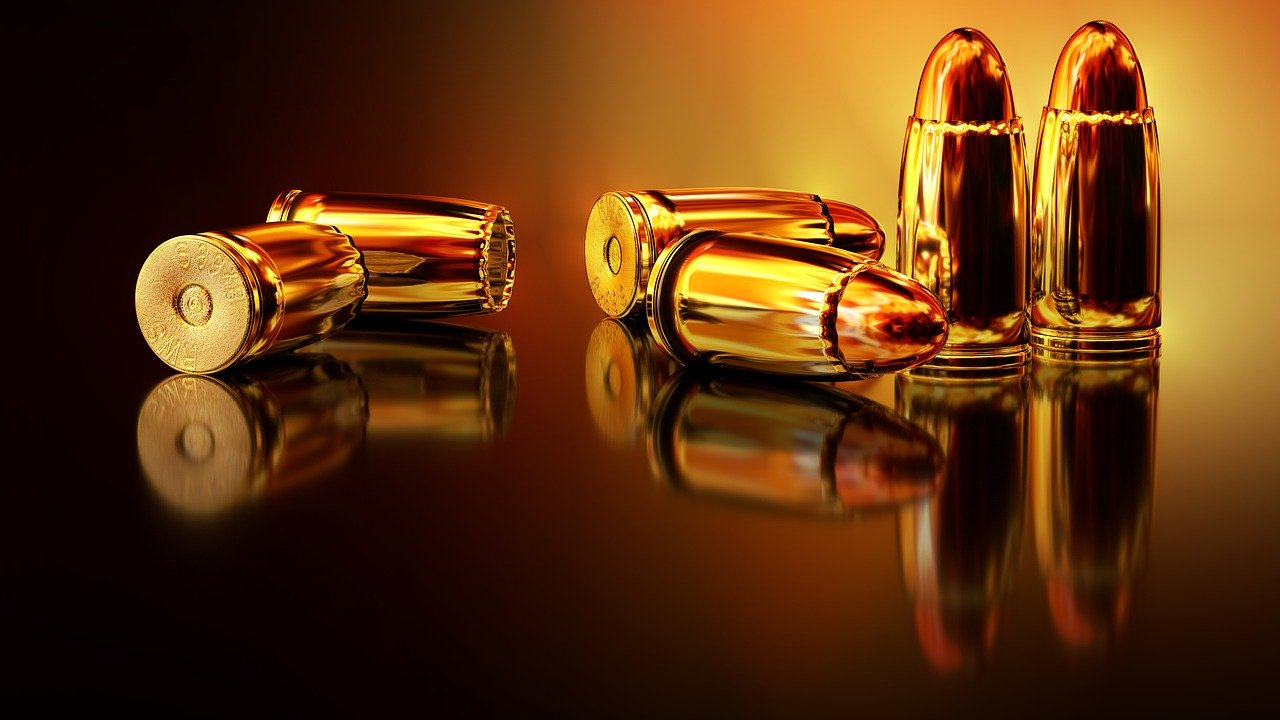Two members of a three judge panel of the US Ninth Circuit Court of Appeals on Friday affirmed a lower court ruling that struck down California’s ban on large capacity magazines that hold more than ten rounds of ammunition.
The opinion, by Trump appointee Judge Kenneth Lee, held that the ban struck “at the core of the Second Amendment — the right to armed self-defense.” The court applied a two-prong test to determine whether the ban violated the Second Amendment, first by asking if the law burdened protected conduct, then asking what level of scrutiny applied. The panel looked at data showing half of all magazines in circulation in the United States, some 115 million, are large capacity, and that the standard magazines for popular handguns like the Glock and the Baretta Model 92 all hold more than ten bullets. The court found that firearm magazines are “arms” for Second Amendment purposes, noting that “[w]ithout a magazine, many weapons would be useless, including “quintessential” self-defense weapons like the handgun.”
The panel found that the ban would substantially burden protected conduct and moved on to the second prong, determining that “where a burden on the core right is substantial, strict scrutiny is appropriate.” Under strict scrutiny, a substantial burden is permissible only if it is narrowly tailored to the state’s interest. The panel found that the burden in this case was not narrowly tailored, that instead its scope was “broad and indeterminate” and that there were “no meaningful exceptions for law-abiding citizens,” therefore it “cannot stand.”
Judge Barbara Lynn, a Clinton appointee, wrote a 14-page dissent, in which she disagreed with the majority’s application of strict scrutiny. She would have applied intermediate scrutiny, which requires only a significant, substantial, or important government objective, and a reasonable fit between that objective and the law in question. She found that the ban did not place a substantial burden on gun owners, because while they are prevented from using a certain subset of magazines, the ban does not prevent them from enjoying their Second Amendment rights entirely. She also stated that intermediate scrutiny was the level of scrutiny applied by the court’s sister circuits in similar large-capacity magazine cases, and the bans were upheld by those circuits.
The California Attorney General’s office is reviewing the decision.


